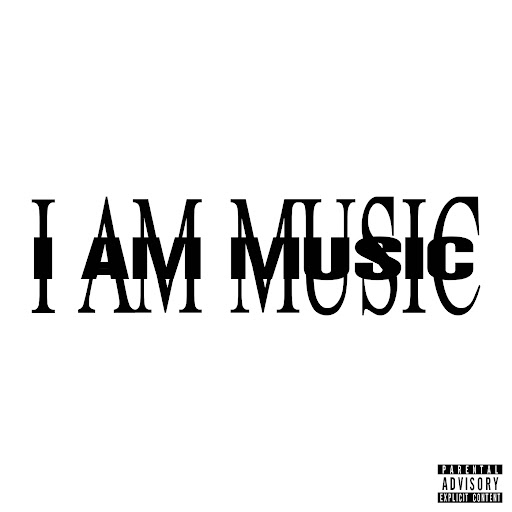
“Heartstopper” — a coming-of-age romance set in the United Kingdom — follows queer youth as they navigate the challenges of relationships and figuring out their futures. Compared to other shows with LGBTQ+ storylines, it depicts wholesome stories of queer joy and love.
The show originated as a webcomic-turned-graphic novel by creator and screenwriter Alice Oseman, an award-winning YA author with other notable works like “Solitaire” and “Loveless.” The first season was a smash hit when it dropped on Netflix in the spring of 2022, as reviewers praised the series for its charm and depictions of queer characters.
Season two of the show was met with much of the same praise when it released in the summer of 2023. The second season deepened the story by tackling serious issues like mental health. Season three, which released on Oct. 3, looks to be garnering much of the same praise.
This season details and expands on the events from volumes four and five of Oseman’s graphic novels, which see the exploration of heavy topics like mental health, eating disorders, transphobia and self-harm. It follows main characters Charlie Spring (Joe Locke) and Nick Nelson (Kit Connor) as they navigate their deepening relationship and help Charlie combat his past trauma.
While “Heartstopper” used to be tightly focused on the lives of Nick and Charlie in season one, seasons two and three highlight the side characters’ storylines. The new episodes follow familiar faces like Tara Jones (Corinna Brown) and Darcy Olsson (Kizzy Edgell) who have to individually face their futures and discover their place in life.
Viewers also see Tao Xu (William Gao) and Elle Argent (Yasmin Finney) as they navigate their relationship out of the honeymoon phase and are met with their own challenges as their love deepens.
This season also highlights other characters who haven’t gotten as much attention like Charlie’s older sister Tori Spring (Jenny Walser), Imogen Heaney (Rhea Norwood) and Isaac Henderson (Tobie Donovan). Their storylines portray perspectives of sibling devotion, compulsory heterosexuality and asexuality.
Despite these heavy storylines, the show never loses sight of the hopeful and sweet nature it has cultivated. As it endeavors to highlight the queer joy and beauty of queer love despite the challenges and situations life throws these characters’ way. These various storylines push the belief that no matter what, love overcomes all.
One of the unique things that first made “Heartstopper” stand out from other shows was the animated flourishes Oseman would add to scenes. These animations, dubbed “Heartstopper Moments” by fans and Oseman, are used to heighten the emotion of the scenes they are in. These moments could be something as little as leaves twirling around, sparks and fireworks shooting off or the whole screen being enveloped in colorful patterns and lights. But no matter what, these animated flourishes have given the show its own unique style and identity that closely ties it to its graphic novel roots, and supplements the lighthearted and good-natured tone of the show to truly provide unique and heartstopping scenes.
Currently sitting with a Certified Fresh 100% score on Rotten Tomatoes and a 95% audience score, “Heartstopper” season three has been just as well received as its two preceding seasons. Various news outlets have showered the season with praise, with Collider writing the show “pushes itself into a new, more exciting chapter, embodying the coming-of-age genre like few other shows on television.” Forbes calls the release “a true hit among both critics and audiences.
This season has been another smash hit for the franchise. Although the prospective fourth and final season has not been officially confirmed by Netflix or Oseman themselves, with the popularity of Nick and Charlie and the Paris Squad’s adventures and the fan clamoring, it is a sure shot.







